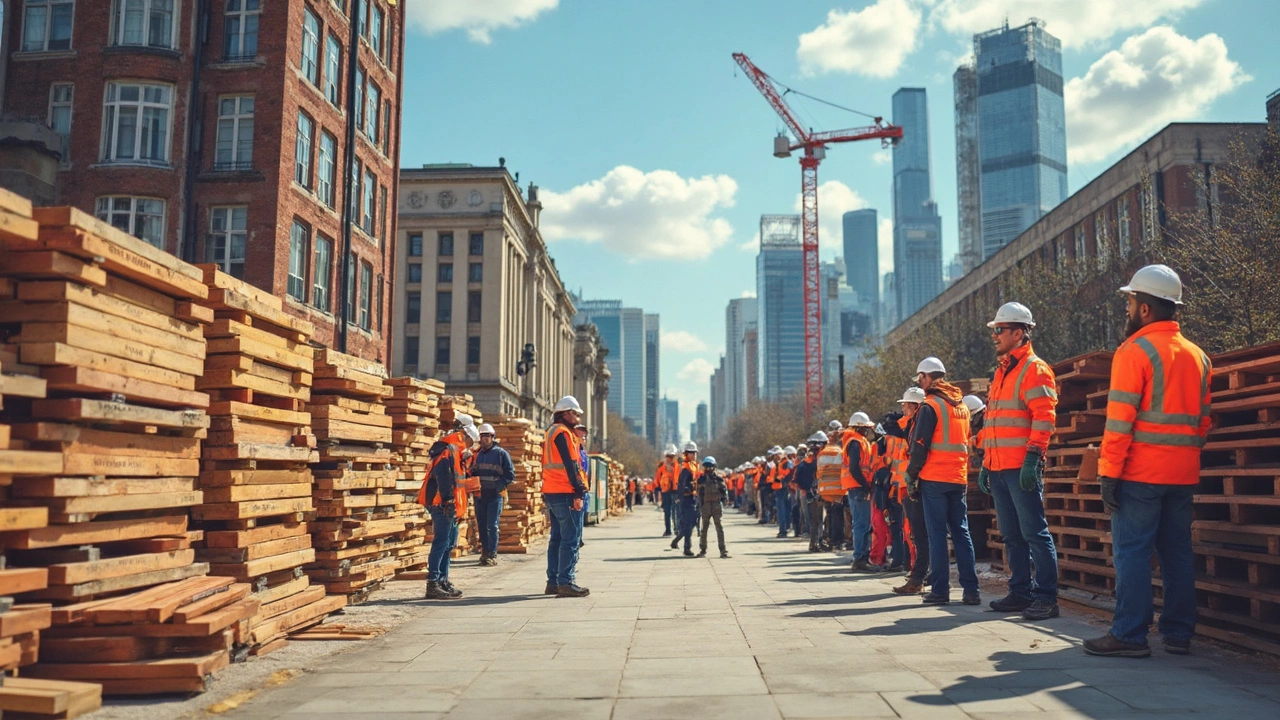Materials Difference: Picking the Right Build Material for Your Project
When you start a conservatory or a garden room, the first big decision is the material you’ll use. It may sound simple, but the choice affects cost, durability, maintenance, and how the space looks. In this guide we break down the most common materials, what makes each one tick, and how to match them to your needs.
Common Materials and Their Key Traits
Wood gives a warm, natural look that blends well with traditional homes. It’s easy to work with, but it needs regular treatment against rot and insects. If you live in a damp area, expect extra painting or a protective seal every few years.
uPVC frames are cheap, lightweight, and virtually maintenance‑free. They resist water and don’t warp, making them popular for low‑budget projects. The downside is a less premium appearance and limited colour options.
Aluminium offers a sleek, modern finish and strong load‑bearing capacity. It’s lightweight, corrosion‑resistant, and works well for large glass panels. The main trade‑off is a higher price tag and potential thermal bridging if not thermally broken.
Brick and block give solid, fire‑resistant walls that can handle heavy loads. They’re perfect for extensions that need to match existing masonry. However, they add weight, require a strong foundation, and take longer to build.
Steel is the heavyweight champion for strength. It’s ideal for large spans and industrial‑style designs. Steel needs proper insulation to avoid cold bridges and can be pricey, but it pays off for big projects where stability matters.
How to Decide Which Material Fits Your Needs
First, set a realistic budget. If you’re watching costs, uPVC or a wood‑uPVC combo may give you the look you want without breaking the bank. For a high‑end finish, aluminium or steel will deliver the wow factor.
Second, think about climate. In wet or coastal areas, aluminium and uPVC stand up better to moisture than untreated wood. In colder regions, look for thermally broken aluminium or insulated steel to keep heat loss low.
Third, consider maintenance. Do you want to repaint every few years, or would you prefer a material that stays fresh with minimal effort? uPVC wins on low upkeep; wood wins on character but demands more love.
Fourth, match the style of your home. A Victorian terrace often looks best with timber or brick, while a contemporary bungalow pairs nicely with aluminium frames. Consistency helps the extension feel like part of the original house.
Lastly, check local planning rules. Some councils have restrictions on visible material types for listed buildings or conservation areas. A quick chat with your architect or builder can save you a costly redesign later.
Choosing the right material isn’t just about price tags—it’s about how the space will live, look, and perform for years to come. Use this rundown as a checklist, talk to a trusted builder, and you’ll land on a material that checks all the boxes.
Ready to explore more? Browse our guides on foundation work, durable house materials, and cost‑effective building methods to see how each choice fits into the bigger picture of your conservatory project.

